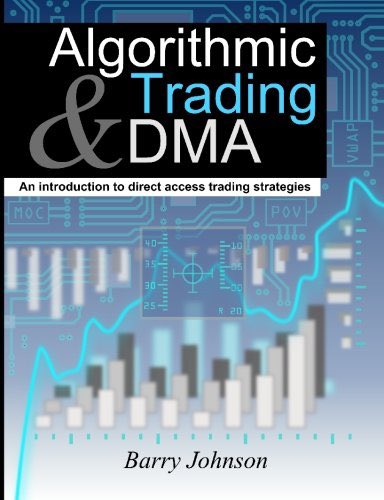Last day I provided my trading team (they adjust our algos and monitor the market and our PnLs) a list of books that would be great to read if you start being interested in HFT.
#Trading #HFT #cryptocurrecy
#Trading #HFT #cryptocurrecy
Market Microstructure in Practice - Good book especially about the fragmentation of the market (which is a very interesting topic in the crypto universe), some basic stuff related to the algorithms in HFT 

Algorithmic Trading and DMA - Very good book related to the AlgoTrading. A lot of knowledge about order types, DMA, execution algorithms etc. I recommend it for the first book after you gain some basic knowledge. 

High-Frequency Trading - Very good book if you try to implement your HFT algos and want to get some insight on how to use information from the orderbook. A good chapter about volume clock from De Prado. 

Now the most important thing - nobody can do it for you. Just grab the book, sample of some data and try to do something. I hope guys from my team will do it as well. If not - I will complain about them here on Twitter.
• • •
Missing some Tweet in this thread? You can try to
force a refresh






